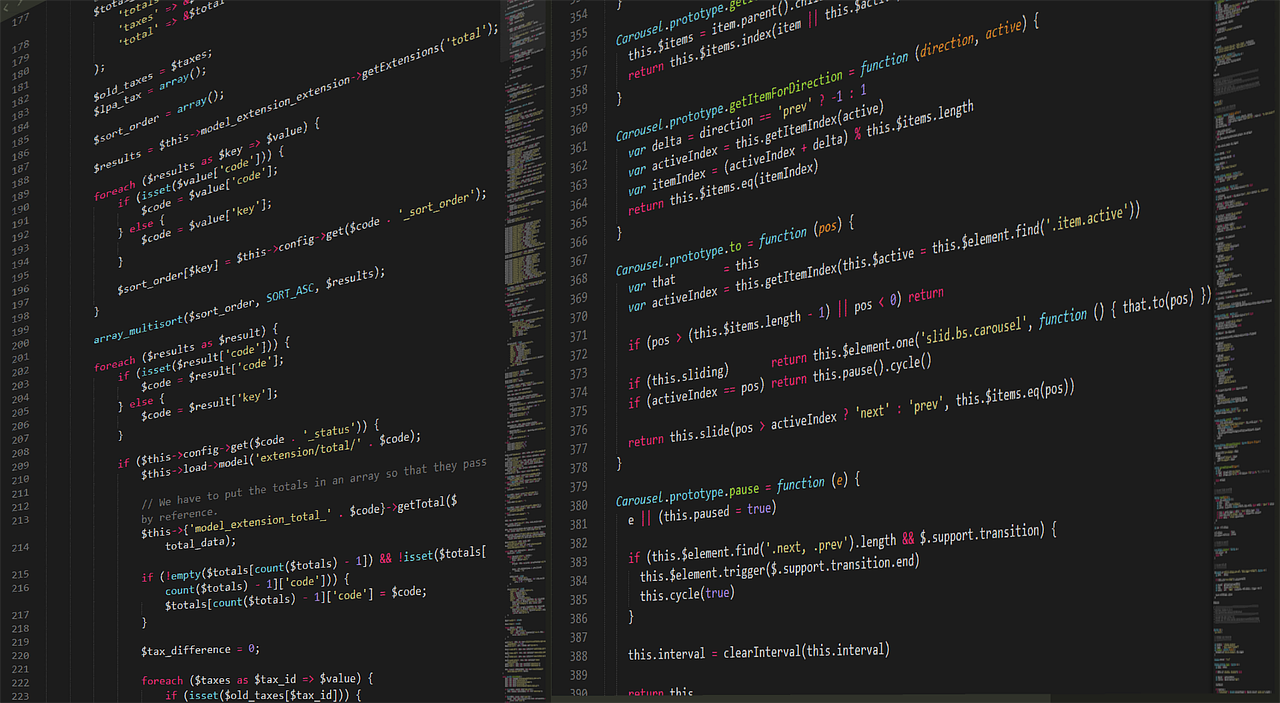Ruby Vs Python- A Detailed Comparison for Developers

In the world of programming languages, Ruby and Python have both gained significant popularity and are widely used by developers worldwide. Each language has its strengths and weaknesses, and selecting the right one depends on various factors, such as project requirements, ease of use, performance, and community support. In this detailed comparison, we will explore Ruby and Python to help developers decide which language suits their needs best in 2023.
Ruby: A Versatile and Elegant Language
Ruby is a dynamic, high-level, and object-oriented programming language known for its simplicity and expressiveness. Created by Yukihiro Matsumoto in the mid-1990s, Ruby has evolved into a versatile language that emphasizes developer happiness and readability.
Python: A Powerful and User-Friendly Language
Python, developed by Guido van Rossum in the late 1980s, is a versatile and high-level programming language known for its simplicity and ease of use. Python’s readability and comprehensive standard library make it an excellent choice for various applications.
1. Syntax and Readability
Ruby: The Elegance of Code
Ruby is often praised for its elegant and human-readable syntax, which resembles natural language. Its concise and expressive code allows developers to achieve more with fewer lines, enhancing code readability and maintainability.
Python: The Beauty of Simplicity
Python’s design philosophy emphasizes code readability and simplicity. Its clean and straightforward syntax makes it easy for developers to write and understand code, reducing the chances of errors and enhancing collaboration among team members.
2. Performance and Speed
Ruby: A Dynamic Language
Ruby is an interpreted language, and while it provides developer convenience, it can impact performance. Compared to compiled languages like C or C++, Ruby may be slower in execution.
Python: Balancing Performance and Simplicity
Similarly, Python is an interpreted language, and its execution speed may be slower compared to compiled languages. However, Python’s focus on simplicity and ease of use often outweighs its slight performance trade-offs.
3. Community and Support
Ruby: A Vibrant Community
Ruby has a dedicated and passionate community of developers who actively contribute to open-source projects and gems (Ruby libraries). The Ruby community encourages collaboration and provides comprehensive documentation and resources.
Python: A Large and Supportive Community
Python boasts one of the largest developer communities in the world. With a vast number of libraries and frameworks available, developers can find solutions for almost any use case. The extensive community support makes Python an attractive choice for beginners and experts alike.
4. Web Development
Ruby: The Elegance of Rails
Ruby on Rails, commonly known as Rails, is a powerful and popular web development framework built on Ruby. Rails follows the convention over configuration (CoC) principle, streamlining the development process and enabling rapid prototyping.
Python: Versatility with Django and Flask
Python offers two prominent web development frameworks, Django and Flask. Django is a full-featured and robust framework, while Flask is a lightweight and flexible micro-framework. Both frameworks empower developers to build web applications efficiently.
5. Data Science and Machine Learning
Ruby: Emerging Support
While Ruby has some data science libraries, it is not as extensively used in the data science and machine learning domains as Python. As a result, developers in these fields may prefer Python for its established ecosystem.
Python: Dominating Data Science
Python’s extensive libraries such as NumPy, Pandas, and TensorFlow make it the de facto choice for data science and machine learning projects. The rich ecosystem and active development in this area have solidified Python’s position in data science.
6. Pros and Cons of Ruby
Pros:
- Elegant and Readable Code: Ruby’s syntax and expressive code promote clean and readable programming.
- Active Community: Ruby’s passionate community provides excellent support and resources.
Cons:
- Performance: As an interpreted language, Ruby may be slower in execution compared to compiled languages.
- Learning Curve: Developers new to Ruby may face a slight learning curve.
7. Pros and Cons of Python
Pros:
- Simplicity and Readability: Python’s simple syntax and readability contribute to ease of use and faster development.
- Extensive Libraries: Python’s vast standard library and third-party modules offer solutions for a wide range of applications.
Cons:
- Performance: Being an interpreted language, Python may have performance trade-offs compared to compiled languages.
- Global Interpreter Lock (GIL): The GIL can limit Python’s ability to utilize multi-core processors efficiently.
FAQs
Is Ruby easier to learn than Python?
Both Ruby and Python are considered easy-to-learn languages, but the learning curve may vary depending on individual preferences and background.
Which language is better for web development?
Ruby’s Ruby on Rails framework and Python’s Django and Flask frameworks are both excellent choices for web development. The decision may depend on project requirements and developer familiarity.
Can I switch between Ruby and Python in the middle of a project?
Switching between Ruby and Python in the middle of a project can be challenging due to differences in syntax and the ecosystem. It is advisable to choose the language that best fits the project requirements from the start.
Does Python’s GIL impact performance significantly?
The GIL in Python can potentially impact performance in multi-threaded applications, but it depends on the specific use case and how threading is implemented.
Which language has better support for machine learning?
Python has a stronger presence in the machine learning and data science fields, with a vast number of libraries and tools dedicated to this area.
Is there a significant difference in community support between Ruby and Python?
Both Ruby and Python have active and supportive communities. However, Python’s larger community size provides a more extensive pool of resources and libraries.
Conclusion
In conclusion, both Ruby and Python are excellent programming languages, each with its strengths and weaknesses. Ruby’s elegance and readability make it a preferred choice for some developers, while Python’s simplicity, versatility, and extensive libraries attract a broader audience.
When deciding between Ruby and Python in 2023, consider your project requirements, development team expertise, and specific use cases. Both languages have their place in the development landscape, and your choice will depend on finding the right tool for the job. Happy coding!





